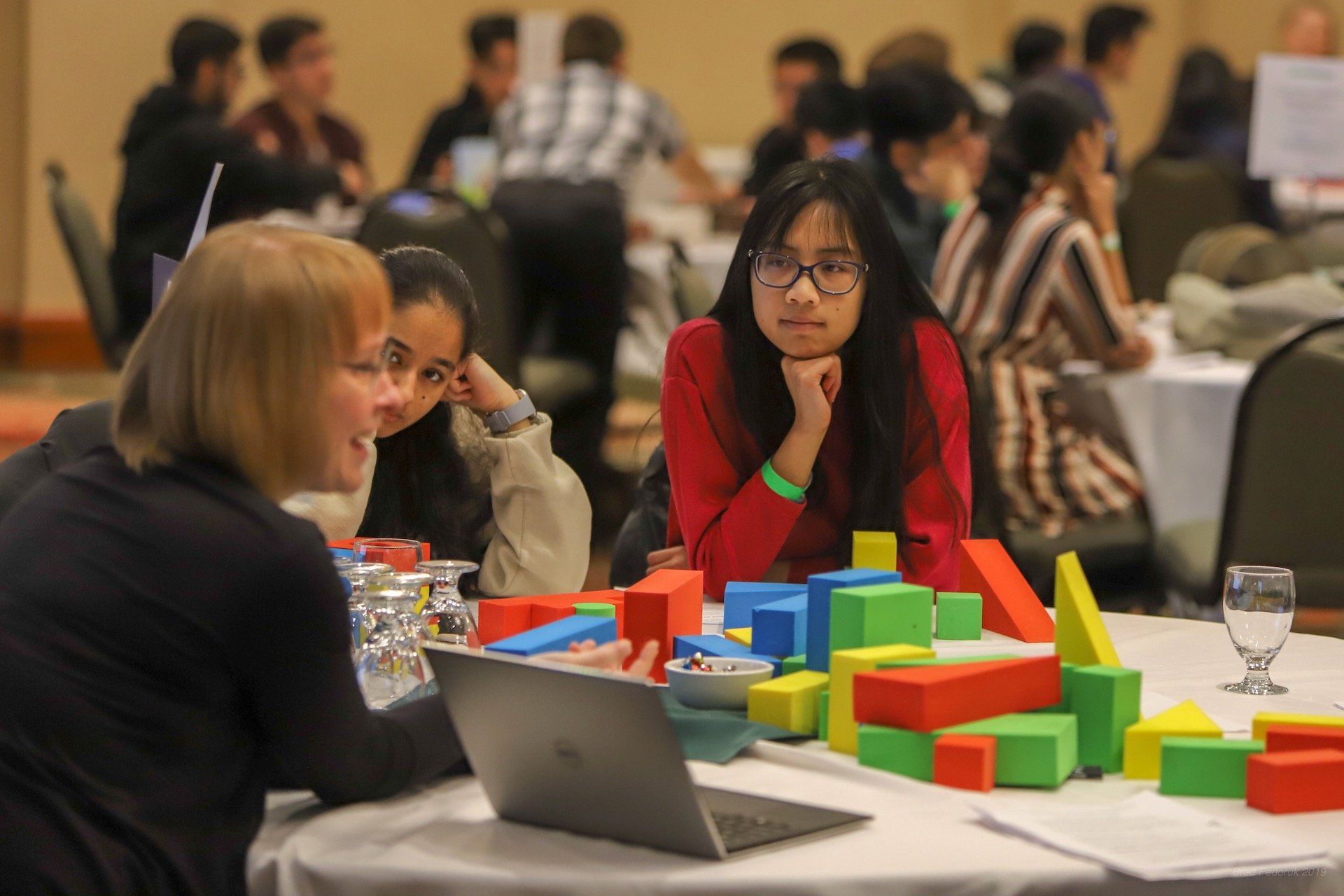
Green Bricks Secondary Blocks
For Grades 8-10 students.
This one block workshop explores the environmental impacts of transportation, energy and water use, waste and materials in our buildings and lives. Green Bricks Secondary Blocks also explores new and emerging green careers, both locally and globally. The interactive activities teach new innovations and technology while combining successes from our past and nature. Activities in the workshop will depend on which municipality you are in but they could include circular economy, water conservation, and green transport and energy.
B.C. Curriculum Connection
|
Grade/ Subject |
Big Ideas |
Content |
|
Grade 9 Science |
The biosphere, geosphere, hydrosphere, and atmosphere are interconnected, as matter cycles and energy flows through them. Electric current is the flow of electric charge. |
|
|
Grade 10 Science |
Energy is conserved and its transformation can affect living things and the environment. |
|
|
Grade 9 Career Education |
Reflecting on our preferences and skills helps us identify the steps we need to take to achieve our career goals. The value of work in our lives, communities, and society can be viewed from diverse perspectives. Adapting to economic and labour market changes requires flexibility. Our career paths reflect the personal, community, and educational choices we make. |
Personal Development
Connections to Community
Life and Career Plan
|
|
Grade 10 Career Life Education |
A network of family, friends and community members can support and broaden our career awareness and options. The global economy affects our personal, social and economic lives and prospects. Successful career and education paths require planning, evaluating and adapting. |
Personal Development
Connections to Community
Life and Career Plan
|
